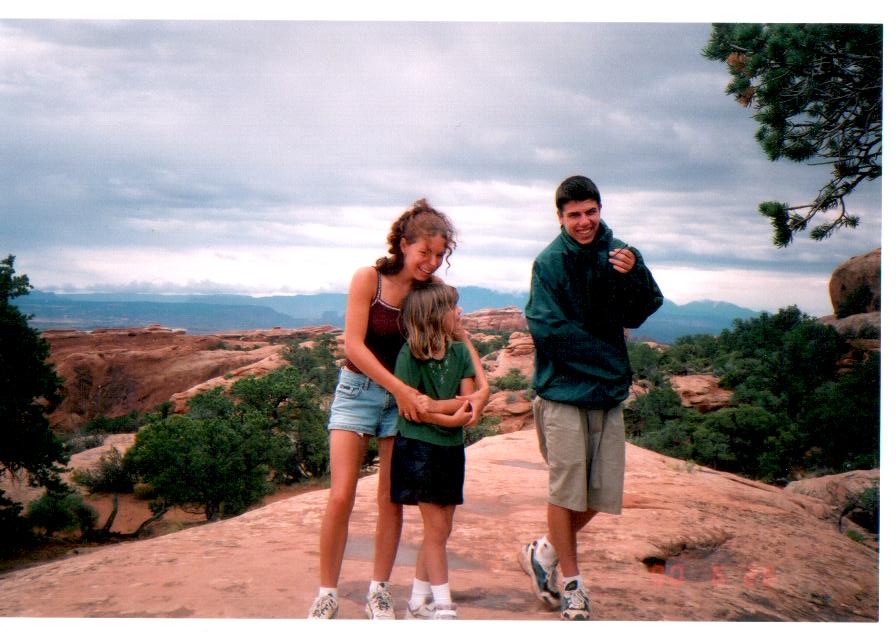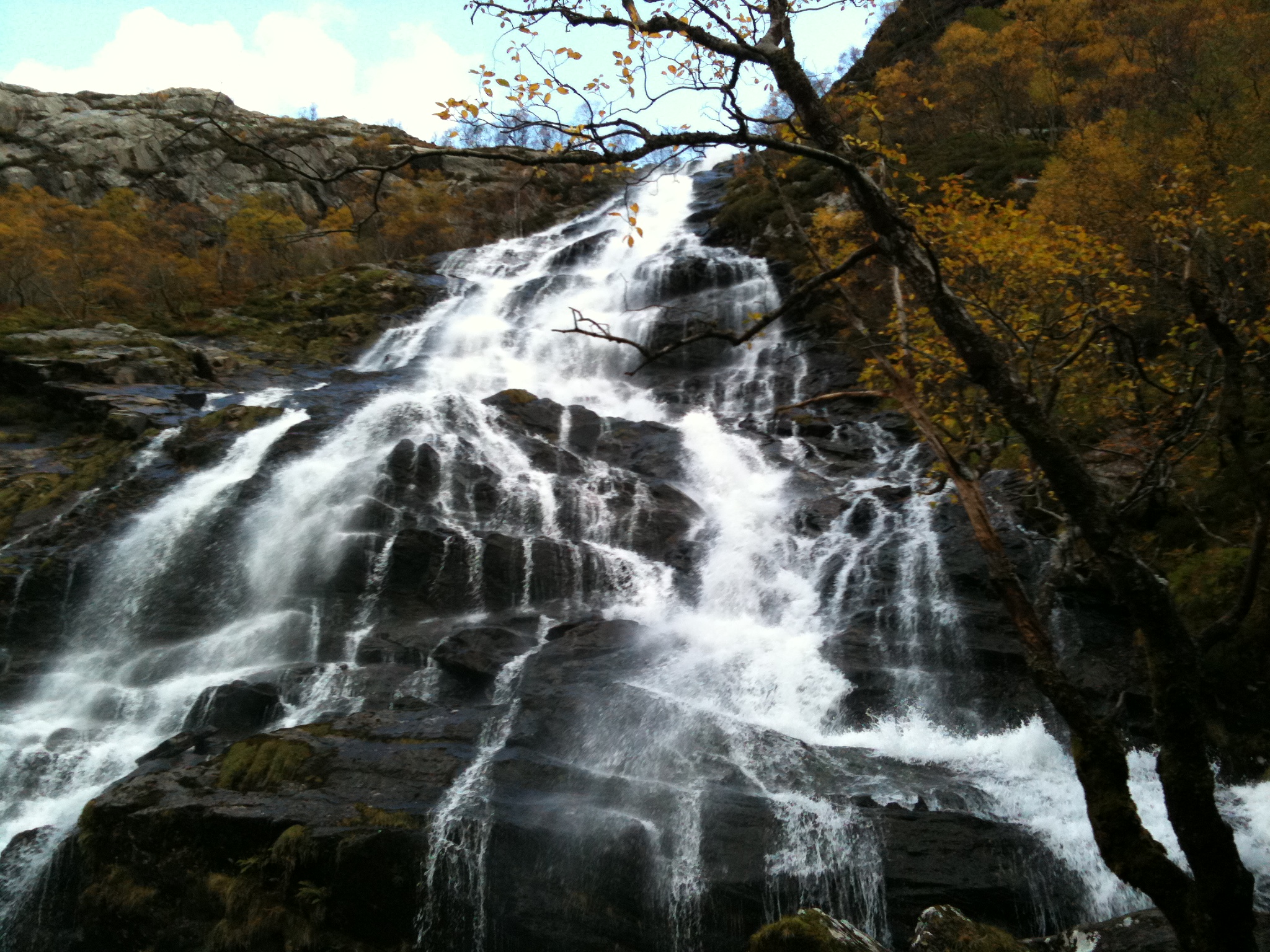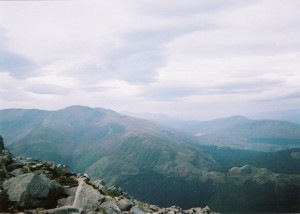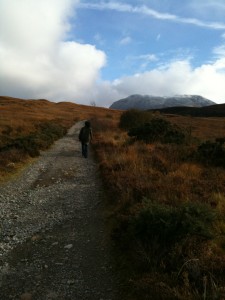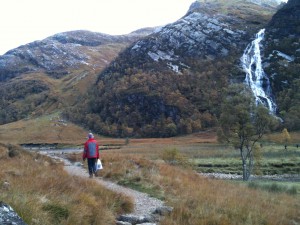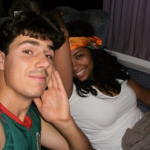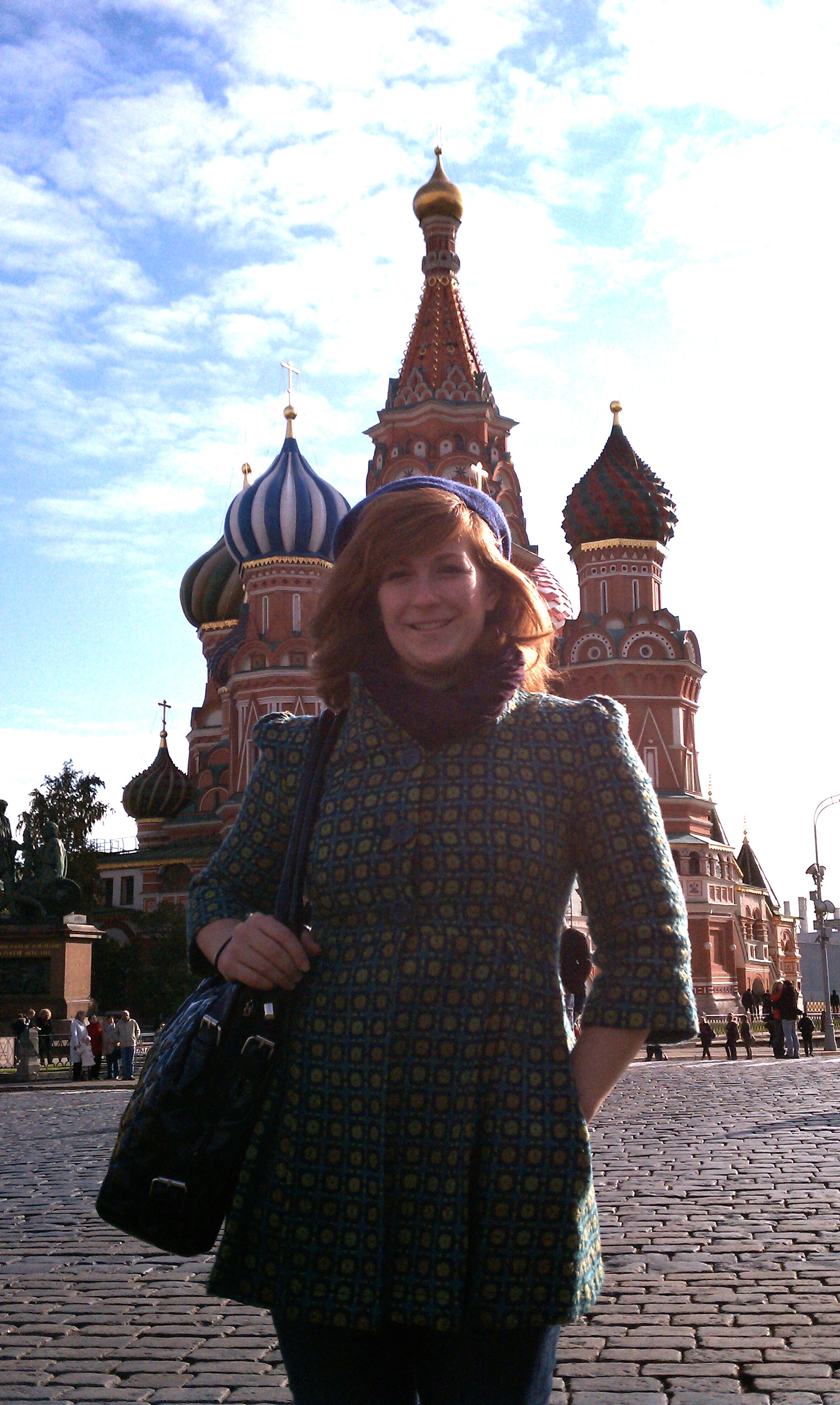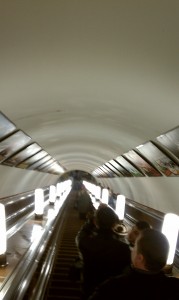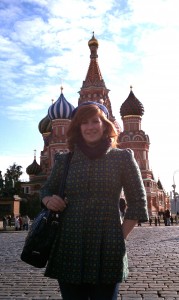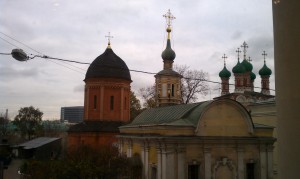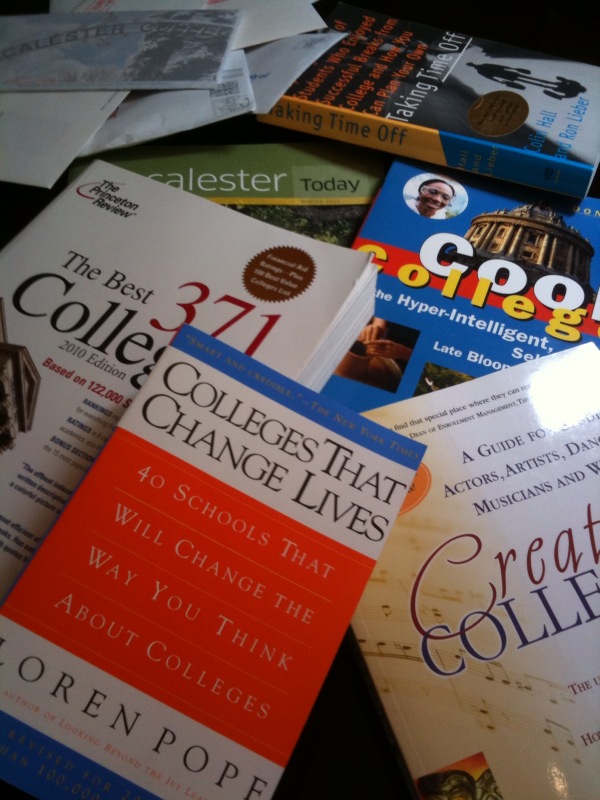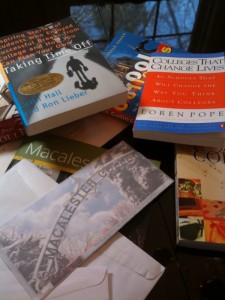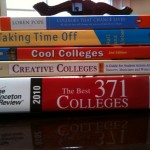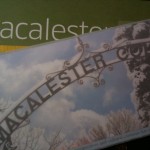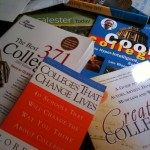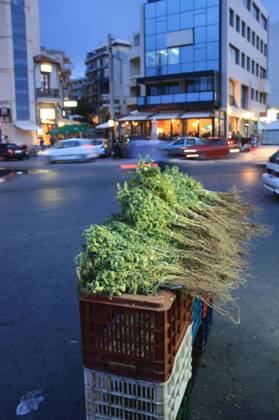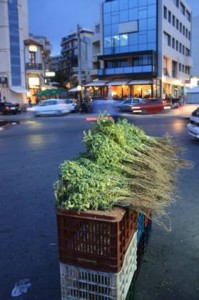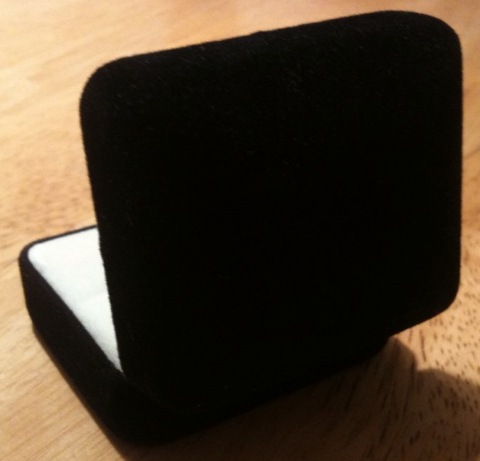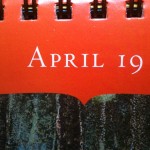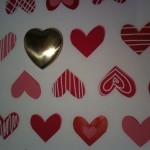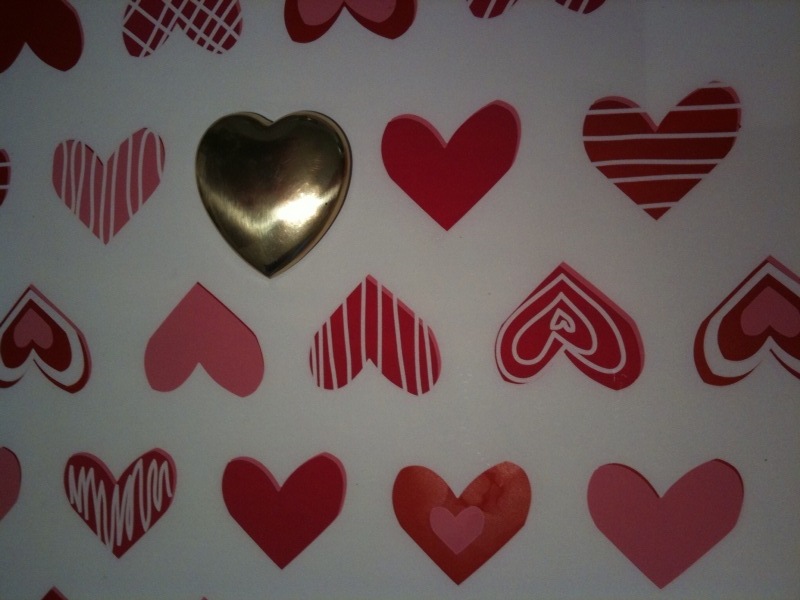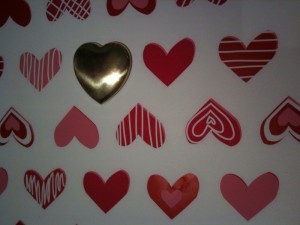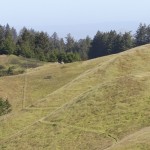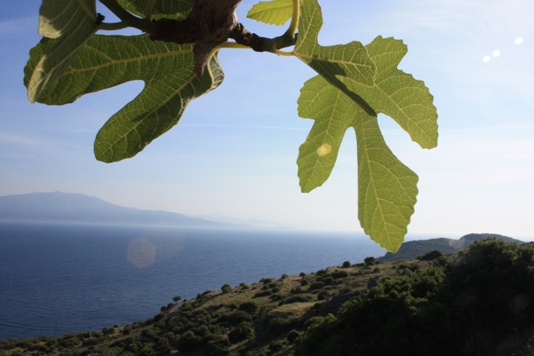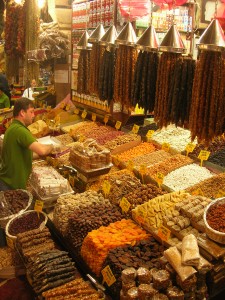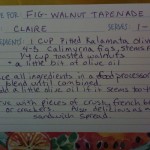In defense of the family road trip:
Like many moody teenagers, I dreamt of suing my parents, but never more than after our first family road trip. I imagined bringing my mom and dad to the courthouse of public opinion in my mind, but I thought, why stop there? Why not sue my two sisters and make it a clean sweep? Maybe, just maybe, I could prevent these people from ruining any more lives.
This is my story. The story of the worst, most humiliating two weeks of my life. I’d change the names, but it would only protect the guilty.
***
William Kennedy: Your honor, I present the ladies and gentlemen of the jury evidence that, following a game of highway bingo on August 15, 2001, my sister did punch me in the left side of the head. This unjustified and unladylike assault occurred at Deadman’s Summit on Route 395, so named because of a corpse found there in the 1860s. (See, I still have a bruise.) I also submit that this corpse, though dead and headless, was far luckier than myself because it never met the aforementioned sister.
Furthermore, I contend that I did win the game of highway bingo, that the bird observed on the roadside was in fact a crow, not a raven, and that this sister, one Jane, was entirely unfounded in her refusal to accept defeat and proclaim me champion of the family van.
 Judge: Mr. Kennedy, I can’t see any possible relevance in these remarks.
Judge: Mr. Kennedy, I can’t see any possible relevance in these remarks.
WK: Your honor, if you will indulge me, the above incident served merely as a jumpstart to the injustice and downright terribleness to come on this family road trip—a trip that had just begun when the punching took place, one that still had one week and 1,750 miles to go. From my experiences I have no doubt the jury can only conclude that all future family road trips must be postponed indefinitely or canceled outright, while awarding me a settlement of $50,000 for emotional and physical trauma.
Judge: Well, it’s highly unorthodox, but I’ll allow it.
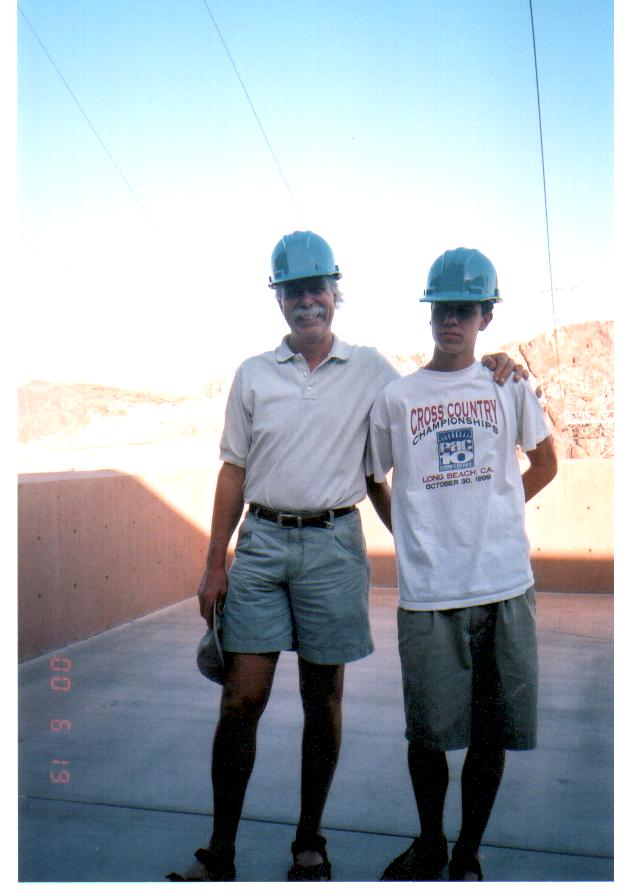 WK: Thank you, your honor. I call my first witness, Robert Kennedy.
WK: Thank you, your honor. I call my first witness, Robert Kennedy.
Robert Kennedy takes the stand.
Isn’t it true, Dad, that not once, not twice, but thrice you crashed the brand-new family van, and that on the third instance the door jammed, setting off the ‘door-ajar’ alarm, so that everyone in the parking lot stared at us?
Robert Kennedy: Yes, but…
WK: No further questions. Let me remind the court that sitting in a hot parking lot inside a beeping white van with a broken door is incredibly uncool. Next, I call Jane Kennedy to the stand.
Jane Kennedy takes the stand.
WK: Tell me, Jane “Worst Sister in the Universe” Kennedy—where were you on the evening of August 15 at 4 p.m.?
Jane Kennedy: I’m not talking to you.
WK: Answer the question, please.
JK: Nope.
WK: Your honor, permission to treat the witness as hostile, annoying and spoiled.
Judge: Granted.
WK: I’ll tell you then. You were running away! That’s what you were doing, further wrecking an already hopelessly bad vacation.
JK: Yeah, ‘cause you were a jerk.
WK: Am not!
JK: Are too! You called me fat.
WK: Well, I…
JK: And you threw up on me.
WK: That was an accident.
JK: And it was a raven!!!
WK: For the zillionth time, it was a CROW and I won! You’re such a… Ahem, pardon me your honor, no further questions. For my penultimate witness, I call Helen “Second Worst Sister in the Galaxy” Kennedy.
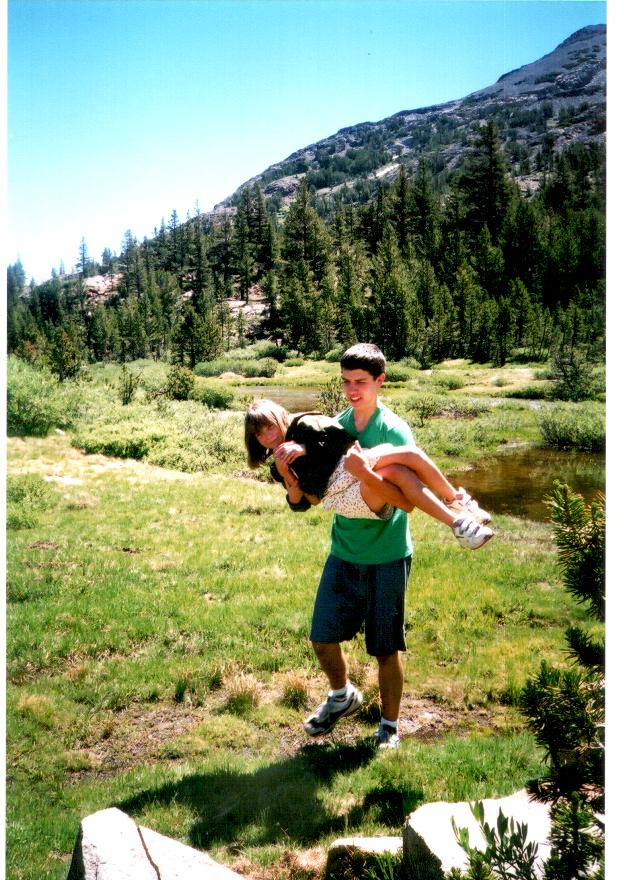 Helen, you’re probably too young to fully comprehend the psychological damage caused by our road trip, but please tell the good people of the jury…”
Helen, you’re probably too young to fully comprehend the psychological damage caused by our road trip, but please tell the good people of the jury…”
HK: It was fun.
WK: What?
HK: Yeah. Except you were in a bad mood. Maybe because you didn’t eat anything.
WK: Helen, be quiet.
HK: And then we finally found organic avocados and bread that you would eat, but when we sat under that big tree by the Native American museum, it shed fur all over your sandwich, and then you looked at us and said: “I hate this family.”
WK: But what about all the hours in the car? When Dad wouldn’t stop to let you use the restroom? Those Utah people thinking Jane and I were your parents?
HK: That was funny.
WK: What about when you made us get out in Yosemite because you saw snow for the first time? And then, when you wouldn’t leave after two hours, we dragged you away screaming and crying, and people thought we were kidnapping you?
HK: I like snow.
WK: Grrrrr. No further questions. For the final witness, I call Maria Kennedy.
Maria Kennedy takes the stand.
WK: Mom, I’d like to take a minute…
MK: Actually, I wanted to take a minute to show you something.
WK: Mom! I’m supposed to be asking the questions.
MK: What’s this in my hand?
WK: Mom, please, you’re really embarrassing me right now!
MK: What is it?
WK: It’s a photo of me, Jane and Helen laughing … under some really cool rock formations near in Zion National Park.
MK: And what’s this?
WK: It’s me pretending to throw Helen in the Grand Canyon.
MK: And how ‘bout this one?
WK: That’s you and Jane helping me write a letter … to my girlfriend. But Mom, pictures don’t tell the whole story!
MK: What about the time you hiked with your dad to the top of Angel’s Landing? Or your bike ride in Moab? Or when we all went river rafting with the guide who loved the A-Team almost as much as you.
WK: OK MOM! No further questions. Your honor, I’d like to request a brief recess before my closing remarks.
***
Ladies and Gentlemen of the jury, I came before you today originally to sue my family and argue for the dissolution of the institution of family road trips, but I can no longer in good conscience continue. The testimony we’ve heard reminded me that yes, much, and possibly most of what goes on during a family road trip is awful and humiliating, but there are also wonderful moments.
It’s a right of passage, especially for teenagers, to go to a place, be really embarrassed by family members, and promise never to return. And it’s a source for stories that the family will find funny at some point in the very, very, very distant future.
I hereby formally submit to end the proceedings, but leave you with this final insight. Go on that road trip with the whole family, but just the once; it’ll be more than enough.
~Will~


